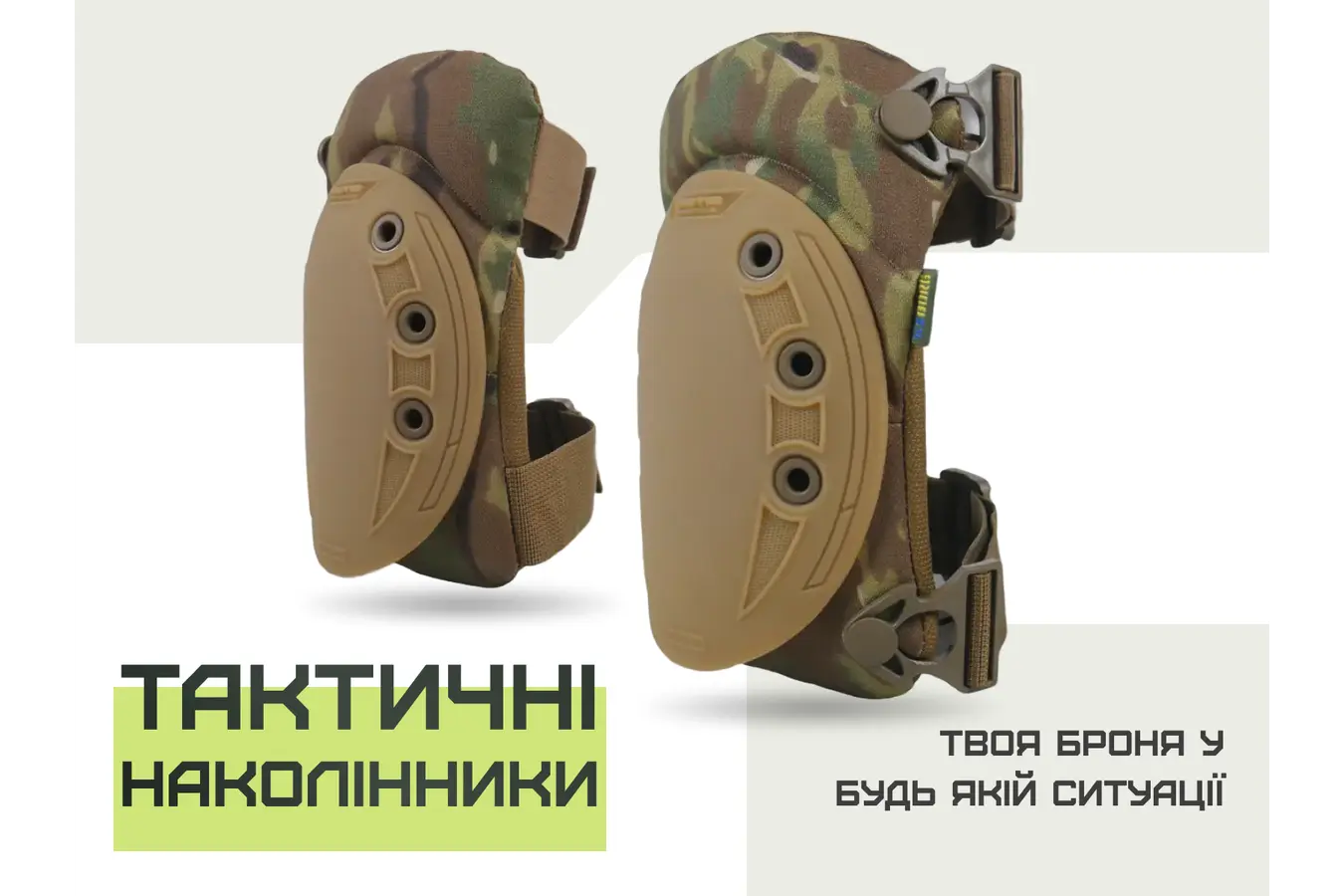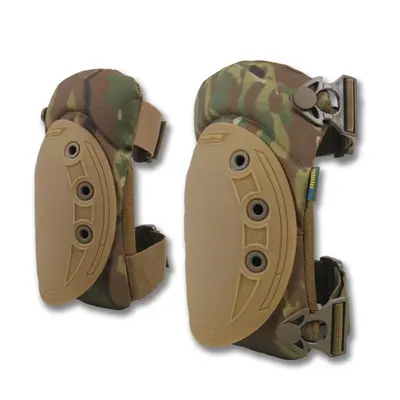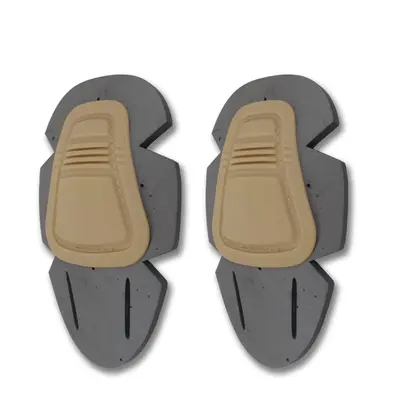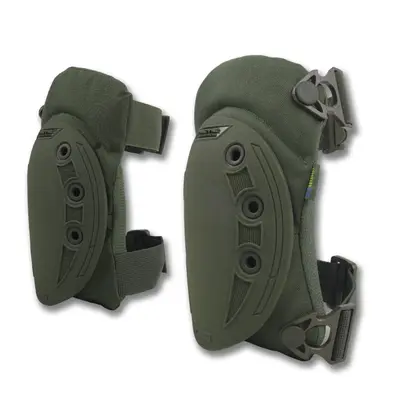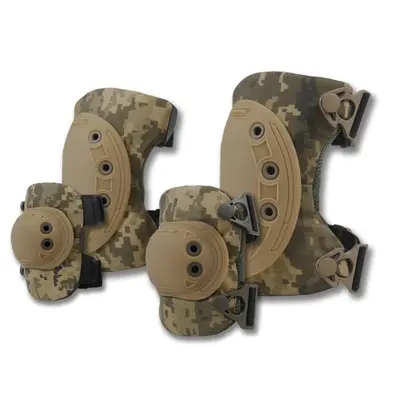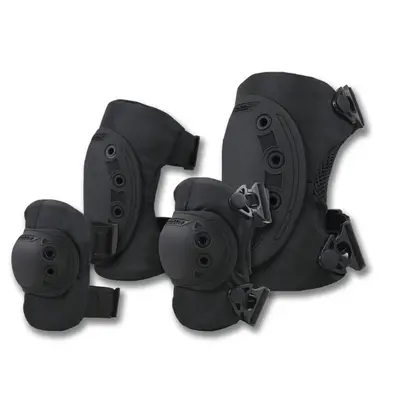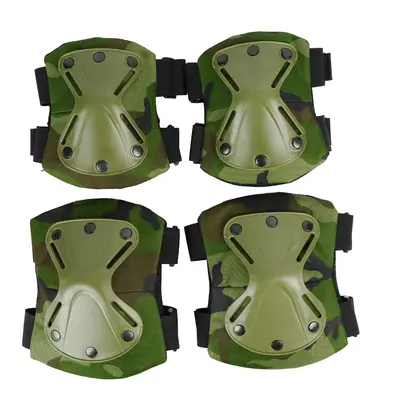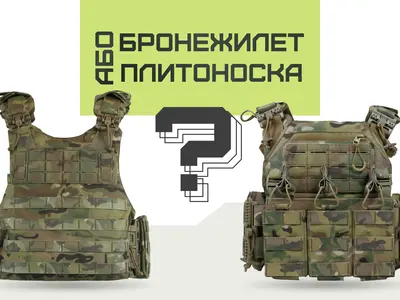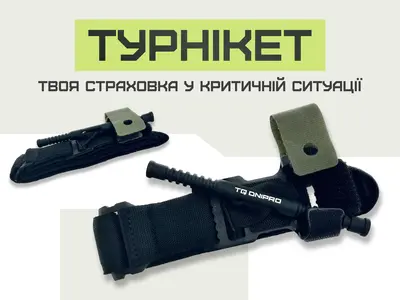Tactical knee pads are an important piece of equipment that help military personnel ensure safety and comfort while performing tasks. They are essential for protecting the knee joints from injuries and damage. In this review, we will examine the main criteria for choosing knee pads so that you can select the best model for your needs.
Design Features of Tactical Knee Pads
Before making a choice, it is important to consider the type of knee pad design, as they can vary in rigidity and purpose. There are two main types of models:
-
Flexible
Flexible knee pads are made from elastic materials such as neoprene or nylon. These models are ideal for less intensive situations, such as training or military-tactical games. They provide maximum freedom of movement for the knee joint without restricting mobility.
-
Rigid
Rigid knee pads, on the other hand, are equipped with a plastic or metal frame, providing increased durability. These knee pads are designed for use in more demanding conditions, such as combat operations or intensive training, where a high level of knee joint protection against impacts and injuries is required.
The choice between these types depends on your use case. However, the type of knee pad is not the only important factor before placing an order.
Materials Providing Knee Protection
The material of the knee pads is an important factor determining their durability and level of protection. In the Kiborg catalog, you can find knee pads made from the following materials:
-
Nylon is one of the most common materials for knee pads. It has high strength and wear resistance, allowing it to last a long time without losing functionality. Nylon knee pads effectively protect knees from mechanical damage and abrasion.
-
Plastic, especially polymer plastic, is widely used for rigid models. It is lightweight yet strong and withstands impacts well, making plastic knee pads very popular among military personnel and tacticians.
-
EVA foam is used for internal protection due to its excellent cushioning properties. It adapts to the shape of the knee, providing comfort and support, and returns to its original form after deformation.
The chosen material should be strong enough to withstand impacts and mechanical stress while allowing air circulation.
Choosing the Right Size of Tactical Knee Pads
Selecting the correct size of knee pads is essential for comfort and safety. Here are some tips to help determine the right size:
-
Measure the circumference of your knee at its widest point using a tape measure. This will help accurately determine the size you need.
-
Check the manufacturer’s sizing chart, as different brands may have variations in sizing. It is also important to consider your individual body characteristics.
-
Test the knee pads before purchase to ensure they fit comfortably and do not restrict movement.
-
Consult specialists if you are unsure about the size or model. Professionals can help select the optimal option, ensuring comfort and safety.
Ill-fitting knee pads can cause discomfort or even injuries.
Straps and Adjustments
Convenient and reliable fastening is important for proper use of knee pads. It can be implemented as follows:
-
Velcro straps are the most popular and convenient fastening option. They allow quick and secure attachment, ensuring optimal fit without extra adjustment time.
-
In addition to Velcro, buttons, clasps, or buckles can be used for added stability, preventing the knee pads from slipping during active movement.
Velcro and fasteners provide comfort and reliability, allowing the user to adjust the fit and tightness of the knee pad.
External and Internal Protection of Tactical Knee Pads
Knee protection is provided not only by the durability of the outer material but also by internal cushioning. In the catalog, you can find knee pads made with the following materials:
-
Some manufacturers use foam for internal protection, but this material has drawbacks, as it quickly loses its shape. EVA foam is much more effective, as it adapts to the shape of the knee and recovers after deformation.
-
TPU plastic is an optimal material for the outer layer of knee pads, combining high strength and flexibility. This material effectively protects against mechanical damage without restricting movement.
Good external protection should be rigid yet flexible, so as not to restrict movement.
Conclusion
Choosing knee pads for military personnel is an important task that requires attention to detail. The right choice affects not only safety but also comfort during operations. In the Kiborg store, you can find tactical knee pads that meet the highest standards of quality and reliability. By following our recommendations, you can select the ideal tactical knee pads that are effective and comfortable in any conditions.
